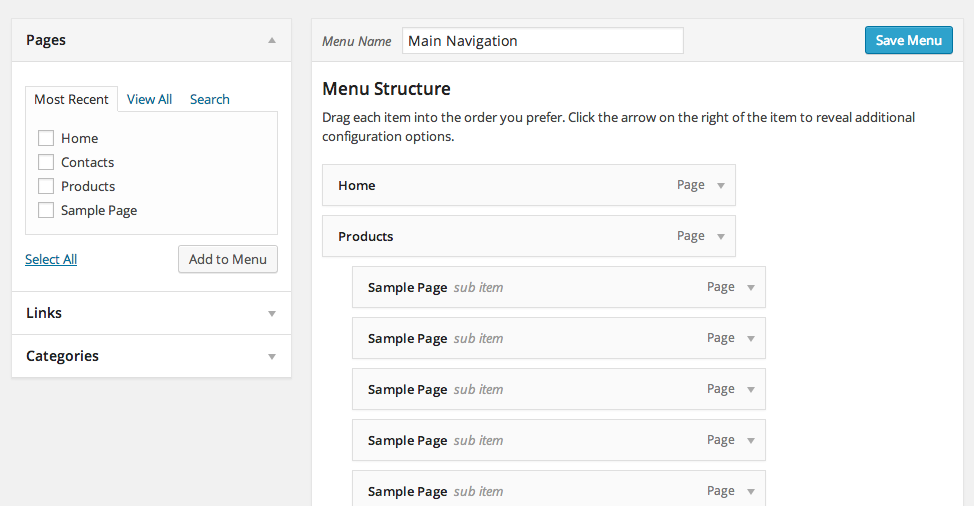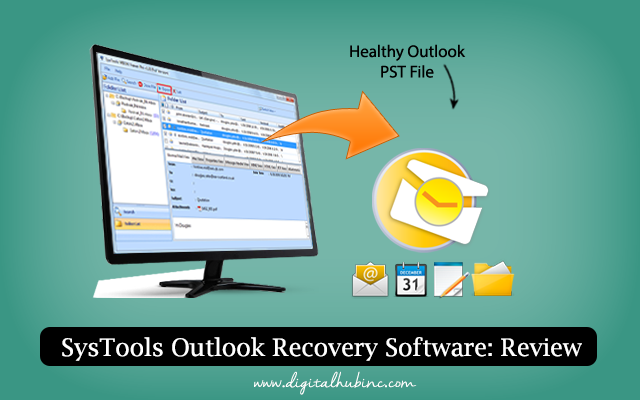
You’ve probably heard of buyer personas or reader personas, and know that they’re an important marketing tool for building a blog or business.
But what exactly are personas? What do they look like, and how do you use them?
Personas are a powerful marketing tool, and a key to higher user engagement and loyalty. By helping you understand your target audience, personas can make every step of your marketing strategy faster, easier, and more effective.
This post will walk you through exactly what personas are, why they’re such a powerful tool, and how you can use them to grow your business or blog.
What Are Buyer Personas?
In a nutshell, a buyer persona (also called a “reader persona” or “reader profile” for bloggers) is a fictional but data-based description of a person who represents your ideal or target audience. A persona can be any length from a short biography of a few sentences to pages of description and detail.
According to buyer persona development expert Tony Zambito,
“Buyer personas are research-based archetypal (modeled) representations of who buyers are, what they are trying to accomplish, what goals drive their behavior, how they think, how they buy, and why they make buying decisions.”
Why Are Personas Important?
A persona is a crucial tool for defining, understanding, and reaching your target audience.
Imagine you’re trying to come up with blog post ideas for your new startup.
You know that the more you narrow down your audience, the easier your brainstorming will be. If your target audience is “everyone,” you’ll have to come up with topics that appeal to everyone. Impossible, right?
Say your startup is a subscription-based suite of marketing tools specifically designed for ecommerce. You know your target audience is ecommerce businesses, so you can now come up with a list of blog post ideas that ecommerce businesses might be interested in.
But that’s still quite a broad target.
Are you targeting the owner of a small ecommerce business, or a marketing manager of a larger company? Their specific needs and challenges will be very different. A blog post that’s helpful to a small business owner might be too generic or simplistic for a marketing manager.
That’s one reason why buyer personas are so powerful: the smaller your target audience, the more focused your marketing can be. A buyer persona allows you to laser-target your marketing to not just a general industry or demographic, but a specific person.
What Data Should a Persona Include?
A buyer persona can include things like:
- Demographics like age, gender, nationality, etc. (if relevant)
- Industry, job title and responsibilities
- Level of experience, technical expertise
- Preferred communication method or style
- Preferred social media networks, blogs, and other sources of information
- Preferred content formats (blog posts, podcasts, infographics, slides, etc.)
- What questions they’re asking, challenges faced, common objections, typical buyer’s journey
…But don’t feel like you have to include everything. It can be easy to get bogged down in irrelevant details. Don’t worry about how many kids or pets your persona has, whether she drinks tea or coffee (unless it has to do with your business), or whether you should dub her Jane or Joan. Only worry about details that are from real data and affect how you do your outreach.
Focus on relevant, actionable information you’ll be able to use in your marketing, such as your customers’ trusted information sources, what topics and formats they prefer, and what challenges they face.
How to Gather Data for Your Personas
While buyer personas are fictional, they should still be based on real data.
A buyer persona that’s spun out of thin air or your imagination won’t be very useful for targeting a real, specific audience. For your buyer personas to be useful, they need to accurately reflect your real audience.
How do you gather that data? You can:
- Dig into your analytics. Whether you use Google Analytics or another service, you’ll have access to general audience demographics that can put you on the right path to building an accurate persona.
- Send out a survey. Whether to your email list, clients, or customers, you can send out a survey to gather the data you need.
- Interview your customers. (This process is really great for creating customer case studies or success stories you can use on your website, too.)
From the data you gather, you can find commonalities, and use that information to put together into a true data-based buyer persona.
You can use a template from Hubspot or Buffer to get started, and modify, expand, or simplify it to suit your needs.
Are Personas Really Necessary?

Hubspot has a handy guide and template you can use as a starting point.
There are no one-size-fits-all answers in marketing, and you can be successful without using personas. That said, personas are a great marketing tool with a lot of benefits:
- Personas help you to target your content with a laser-focus. You’re talking one-on-one instead of trying to shout out into a crowd.
- You not only know what content appeals to your customers and readers, but where to find those users. In doing your persona research, you’ll discover the best websites and social media platforms and places where your ideal customers are, so you know exactly where to market.
- Personas can also be used to segment your audience and create personalized content for each segment. If you target a few different types of ideal customers, you can create a detailed persona for each group, and then more easily create content that targets each specific group or segment.
And personas aren’t just for businesses; they’re also a great way to build any blog audience. With an ideal reader persona in mind, it makes it much easier to come up with specific blog post topics that your readership will love. It will also give you ideas on other content to produce, monetization strategies that will work, and how to market your blog and build your readership.
What’s the Downside?
Many people don’t use personas, and there are valid reasons for that.
Probably the number one reason is that personas can be very time-consuming and costly to produce. If you want accurate, data-based personas, you’ll need to spend time doing the research. Whether you’re putting together a survey, gathering and sifting through analytics data, or taking time to personally interview clients, it’s an investment.
Some marketers also point out that it can be difficult and even detrimental for businesses to try to put together buyer personas in the early stages of their business and content marketing.

Gathering too much data for your buyer persona can result in “analysis paralysis.”
As Marcus Sheridan of The Sales Lion writes,
Until you’ve been in business for some time, and gotten a chance to work with a variety of clients, it’s impossible to know who your ideal personas are.
And until you’ve had the chance to produce content (become a great teacher) and watch what gets results and what does not (as you’re listening to your audience the entire time) it’s impossible to know who your buyer personas are.
Oh, and one final point: Because your business is always evolving, so are your buyer personas.
He also points out that involved, complicated processes to create buyer personas can result in “analysis paralysis,” and postpone any actual marketing.
So how can you avoid those issues and get the benefits of buyer personas?
You can probably benefit from a detailed buyer persona if:
- You have a good general idea of the specific audience you’re trying to target.
- Your blog or business has been around for a while, and you have enough customers or readers to gather real data from.
On the other hand, if…
- You’re just starting out and don’t have a client base or audience yet
- You’re not sure who you’re targeting specifically
…then a more basic persona might be helpful for you, but a detailed data-based persona is probably out of the picture.
How to Use Personas in Creating Content
Once you’ve created your personas, you can them as an aid in:
- Brainstorming blog post topics. Next time you’re thinking of blog post ideas, pull out your buyer personas for inspiration. If you’ve interviewed your customers about their challenges and questions, you should have plenty of material for blog posts.
- Writing blog posts. When you’re writing your posts, keep your persona in mind. Think of writing a blog post as chatting with or writing a letter to a specific person.
- Writing web content. When you write your homepage, about page, contact page, FAQ, etc., think about what your persona wants to see there and how you can answer their questions and start building a relationship with your web content.
- Brainstorming additional content. Would your target audience prefer to listen to a podcast, see an infographic, or download an ebook? What topics would they find most helpful and relevant? Your persona will help you find out.
- Building your blog audience. With your persona, you have a source on which social media networks you should be on, what blogs they follow that you can guest post on, and what sources of information they trust where you can market.
In all your marketing strategies, starting with your personas in mind will help you to target your ideal audience and get better results.


























No Comments